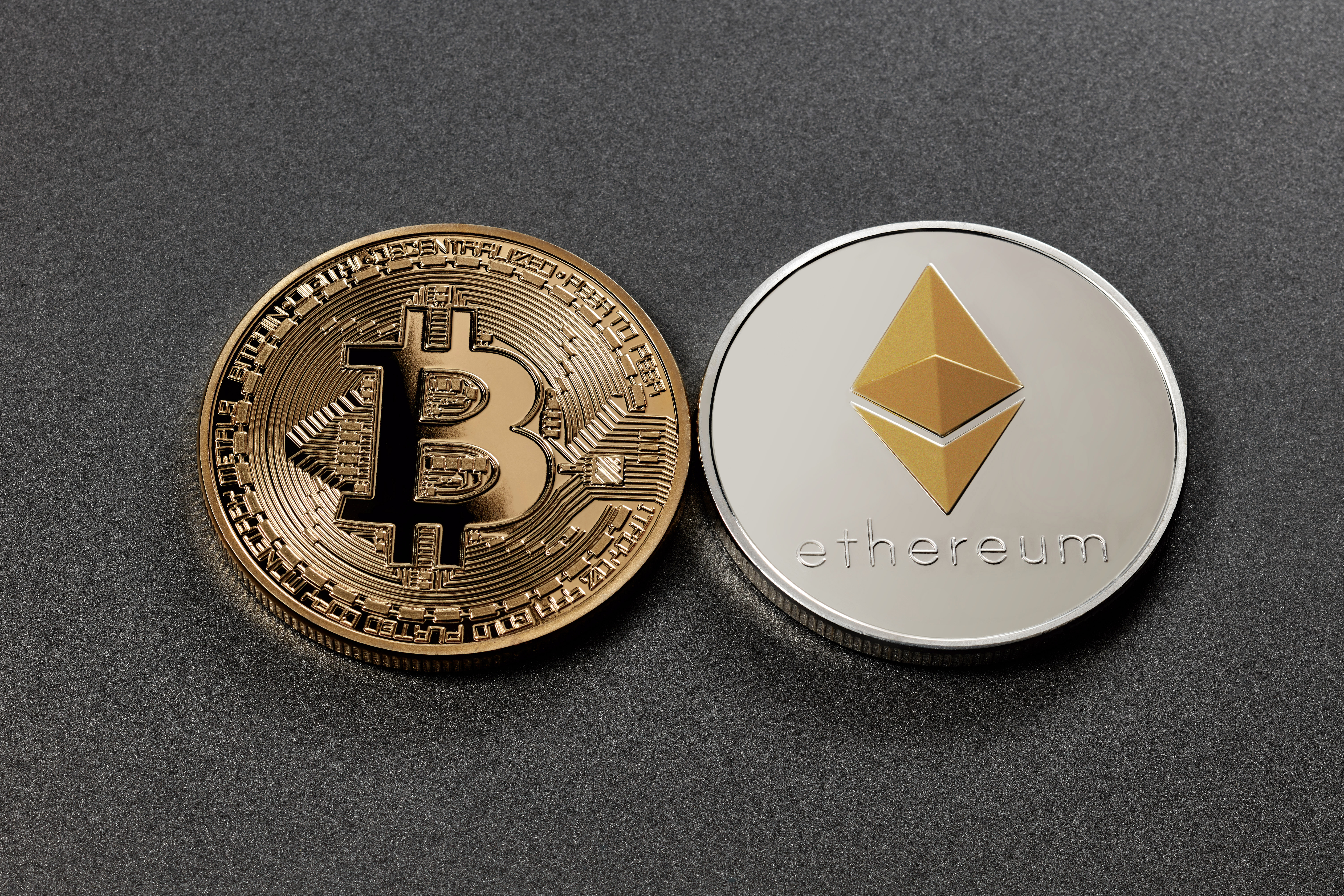On Tuesday, as the market eagerly anticipates the full approval of spot Ether ETFs, Nasdaq filed for a combined Bitcoin and Ethereum ETF. This new ETF, managed by Hashdex, will allocate 70.54% to bitcoin and 29.46% to ether. These allocations are based on the relative free float market capitalizations of bitcoin and ether.
But, is this the only way newly combined ETFs will allocate to bitcoin and ether? And what impact might this have on the market?
Read more: There Are Now 11 Spot Bitcoin ETFs. Here’s the One That’s Best for You
Why Combined ETFs Matter
The introduction of combined BTC and ETH ETFs is significant for several reasons. Firstly, these ETFs offer investors diversified exposure to the cryptocurrency market without having to choose between Bitcoin and Ethereum. This diversified approach might attract more inflows, especially from more conservative investors, as it mitigates the risk associated with investing in a single asset. By holding both BTC and ETH, investors can benefit from the possible upside of both leading cryptocurrencies, potentially stabilizing returns compared to single-asset ETFs.
The structure of combined ETFs could also impact the prices of BTC and ETH. As these ETFs gain popularity, increased demand for the underlying assets could drive up their prices. If there are ETFs that allocate more to one asset or another, it could be positive for that specific asset.
Nate Geraci, president of the ETF Store, explains that the success of broad commodity ETFs suggests that combined crypto ETFs could find a larger audience “due to the novel nature of the category.”
“Some investors and advisors will prefer a diversified approach to an emerging asset class like crypto versus attempting to pick winners and losers,” Geraci told Unchained. He believes that once additional crypto assets are available in an ETF wrapper, such as SOL or XRP, we can expect to see various index-based and actively managed strategies.
Allocation Strategies
Geraci believes that, as in the Hashdex ETF, the division should be reflective of their respective market caps. “Ether is currently valued at about one-third the market cap of Bitcoin. I think that’s a reasonable proxy for what spot Ether ETF demand will look like compared to spot Bitcoin ETF demand,” Geraci told Unchained. And despite the lack of staking options in the initial spot Ether ETFs, Geraci believes this won’t significantly deter demand.
However, Geraci also expects the emergence of multiple flavors of combined BTC and ETH ETFs, including market cap-weighted and actively managed products. “Market cap-weighted products will hold BTC and ETH in the proportions described above. Actively managed ETF holdings will be dictated by the manager and prevailing market conditions,” he notes, indicating potential variability in allocations based on market dynamics.
Scott Johnson, general partner at Van Buren Capital, suggests that combined BTC and ETH ETFs might feature a 50/50 split or follow some type of index-weighted approach. “To the extent these come online in the near term, you might see a 50/50 or some type of index-weighted allocation,” Johnson told Unchained via email.
Looking at other markets, such as Canada, where crypto ETFs have been available for several years, provides valuable insights. For example, the Evolve Cryptocurrencies ETF is weighted on a market capitalization basis and rebalanced monthly. As of the latest data, this ETF allocates 71.90% to Bitcoin and 28.10% to Ethereum.
Meanwhile, CI Financial offers the CI Galaxy Multi-Crypto ETF, an actively managed ETF, and uses a rules-based, momentum-signaling strategy, allocating roughly 50/50 to BTC and ETH.
Learn more: Bitcoin ETFs Explained: What Are They & How Do They Work?



